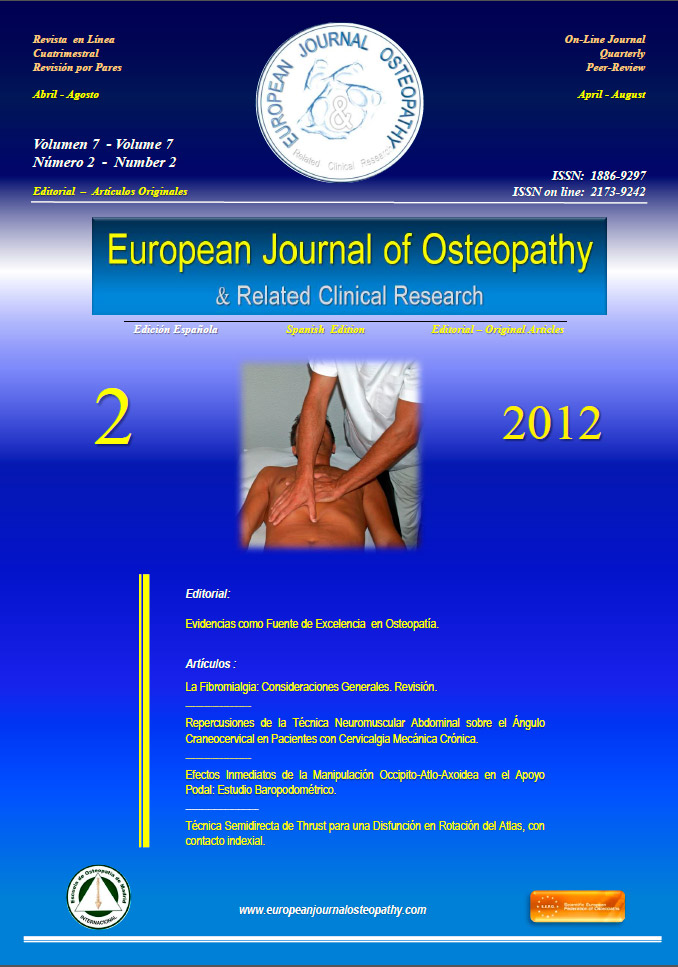By Mary Newell
When you’re busy at your computer, reading, or watching TV, you may forget that you’re also sitting - until you get up, and feel pain or stiffness. As with all our activities, how we sit makes a big difference in how we will feel. Feldenkrais® lessons help you become aware of how you habitually sit, and what changes would contribute to greater comfort.
Think of your habitual posture as frozen movement - something you did so often that you got stuck there. Are your shoulders raised or forward, as if you were still holding the phone or bag? Do you tend to lean to one side more than another - for instance, when you pick up the phone, or by leaning on your elbow or reaching for the mouse? Over time, this could shorten that side and create an imbalance.
Comfort depends on finding a dynamic balance. In sitting, your weight is supported by the spine and pelvis. When these are well aligned with gravity, your weight balances on the ischial tuberosities, or ‘sitting bones’ at the base of the pelvis, and your muscles do not need to work as hard just to keep you upright. If the top of the pelvis is tipped too far forward, your lower back arches a lot; if it falls backward, the lower back rounds beyond the neutral range; either can produce strain over time.
Balancing the spine involves allowing the natural curves, and distributing effort proportionally, so no part overworks while others are stiff or weak. For instance, leaning back in a chair may be fine for resting. But leaning back and looking forward, for example at your computer, can result in neck or shoulder strain because your back or neck will have to make a sudden detour from the direction the rest of the back is taking.
Sensory cues will help you recognize your comfort zone. When your muscles are working overtime, you will eventually feel tight, tense, heavy, or tired. Being more aligned is often accompanied with feelings of lightness, ease, length, flexibility and fuller breathing - and it’s easier to move from there, to turn your head, lift your arm, etc. Don’t confuse comfort with familiarity. If you slip back into your old habit, it will feel familiar; but if you stay long enough, or even exaggerate - for instance, slump even more, while attending to sensory cues, you will feel its effects on the whole of yourself. You can find alternatives dynamically - not by imposing ideas about how you should sit, but by exploring with awareness.
Feldenkrais explorations or movements can also be used to vary your position from time to time, so you don’t become stiff. Some ideas are in the short lesson at right.
Additional lessons could focus on using the hip joints when leaning forward to reach for something, instead of rounding the upper back; and on head and arms. Letting the head balance on top of the spine, instead of pulling forward, will prevent a common cause of neck and shoulder strain. At best, the arms hang effortlessly from a shoulder girdle resting gently on the upper ribs. The arms will be free to swing. Often, however, there is a lot of unnecessary work holding up the shoulders or arms all day, resulting in soreness and stiffness. After a lesson about how arm movements relate to the trunk, you may find your shoulders dropping into a more relaxed position.
Learning to undo unnecessary habits will have a more lasting effect than trying to correct your posture from outside, using additional muscular effort, such as pushing your shoulders back into a military pose. As soon as you forget to monitor such a movement, it will be dropped. But if you learn to sense your range of comfort, you will find yourself staying within that range more often.








 4:25
4:25
 Daniel Enriquez de Guevara
Daniel Enriquez de Guevara




























.jpg)






















0 comentarios :
Publicar un comentario